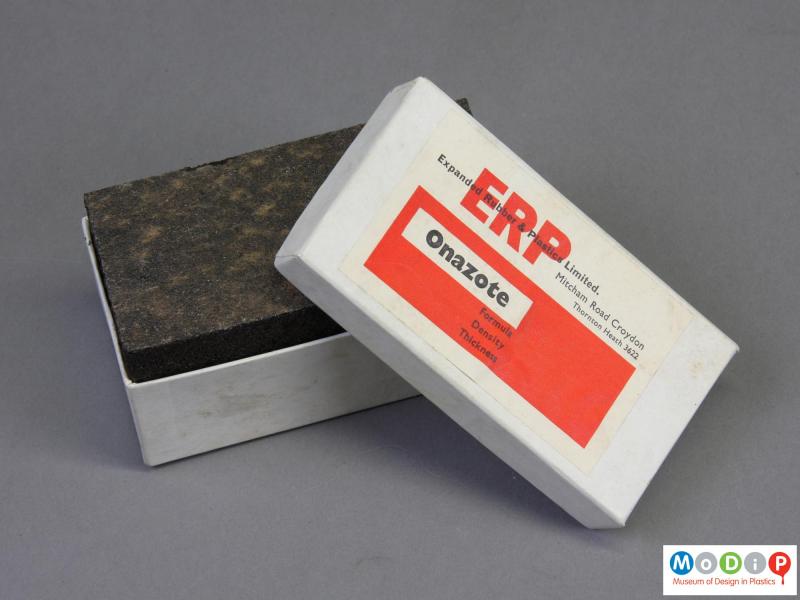You’re right, but it’s a cool photo  That’s an American LCV (Landing Craft, Vehicle), if I’m not mistaken — same sort of size as an LCA, but intended for delivering a one-ton truck or 36 troops ashore. The LCA also carried 36 troops, but couldn’t take vehicles because of its narrow bow ramp. The LCV was improved to become the LCVP, mainly by moving the steering position from on top of the rear deck (it’s the grey rectangular thing behind the stairs in the photo) to inside the hull alongside the engine, and adding two gunner’s positions behind the engine compartment.
That’s an American LCV (Landing Craft, Vehicle), if I’m not mistaken — same sort of size as an LCA, but intended for delivering a one-ton truck or 36 troops ashore. The LCA also carried 36 troops, but couldn’t take vehicles because of its narrow bow ramp. The LCV was improved to become the LCVP, mainly by moving the steering position from on top of the rear deck (it’s the grey rectangular thing behind the stairs in the photo) to inside the hull alongside the engine, and adding two gunner’s positions behind the engine compartment.
 That’s an American LCV (Landing Craft, Vehicle), if I’m not mistaken — same sort of size as an LCA, but intended for delivering a one-ton truck or 36 troops ashore. The LCA also carried 36 troops, but couldn’t take vehicles because of its narrow bow ramp. The LCV was improved to become the LCVP, mainly by moving the steering position from on top of the rear deck (it’s the grey rectangular thing behind the stairs in the photo) to inside the hull alongside the engine, and adding two gunner’s positions behind the engine compartment.
That’s an American LCV (Landing Craft, Vehicle), if I’m not mistaken — same sort of size as an LCA, but intended for delivering a one-ton truck or 36 troops ashore. The LCA also carried 36 troops, but couldn’t take vehicles because of its narrow bow ramp. The LCV was improved to become the LCVP, mainly by moving the steering position from on top of the rear deck (it’s the grey rectangular thing behind the stairs in the photo) to inside the hull alongside the engine, and adding two gunner’s positions behind the engine compartment.


 ) , some of us thought it was solid, other like me thought ply. Most interesting from an ex joiners point of view.
) , some of us thought it was solid, other like me thought ply. Most interesting from an ex joiners point of view.
 I guess I’ll have to give it a second try and return to the museum in Westkapelle to print them out again — the boat is big enough that you need an A3 sheet to fit it on, and I don’t have an A3 printer
I guess I’ll have to give it a second try and return to the museum in Westkapelle to print them out again — the boat is big enough that you need an A3 sheet to fit it on, and I don’t have an A3 printer 

Comment